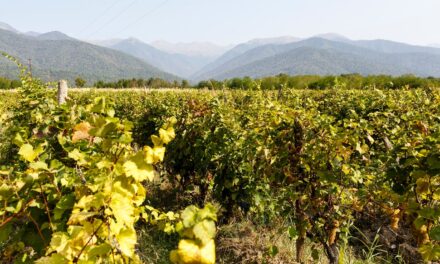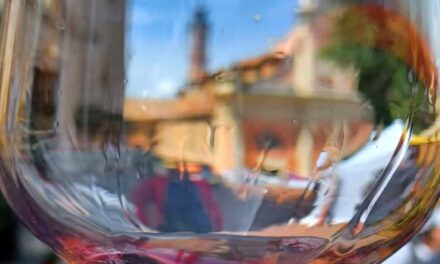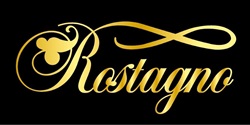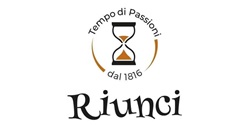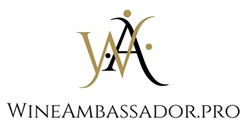EU Agricultural Outlook 2023-2035: Navigating a New Era in Wine Consumption and Production
LUXEMBOURG – The EU Agricultural Outlook 2023-2035 examines the industry trends for a period spanning twelve years.
European Wine Consumption Trends: A Shift Towards Sparkling and Low-Alcohol Wines
The European wine landscape is undergoing a significant transformation, as outlined in the EU Agricultural Outlook 2023-2035 report published by the European Commission on December 7. This comprehensive report, prepared by the Analysis and Outlook Unit of the DG Agriculture and Rural Development, offers insights into the medium-term prospects of the European agricultural market, with a particular focus on wine consumption.
Declining Wine Consumption in EU Member States
The report highlights a persistent downward trend in wine consumption across EU member states, projected to continue until 2035. This decline is particularly noticeable in red wine consumption but is partially offset by the rising popularity of sparkling wines and the growing demand for non-alcoholic and low-alcohol wines, as well as white and rosé wines.
Key Factors Influencing the Trend
Several key factors are driving this negative trend. Firstly, there is an increasing health consciousness among consumers, influencing their beverage choices. Secondly, the consumption preferences of the younger generation are shifting away from traditional wine consumption. Lastly, the competition from other beverages is intensifying, further impacting wine sales.
Regional Variations in Wine Consumption
Despite the general trend, there remain distinct differences in wine consumption patterns across EU countries. These variations are deeply rooted in cultural, traditional, and habitual factors, as well as the availability of different types of wine.
Future Projections and Changes
Looking at the data, the report forecasts an annual decrease in wine consumption of 1% up to 2035, leading to an average per capita consumption in EU countries of 20 liters, which is 2.4 liters less than the average for the 2018-2022 period. The European Commission also predicts that the use of wine for ‘other purposes’, such as distillation or transformation into other products, will remain relatively stable at around 30,000 hectoliters annually, though this prediction is cautiously labeled optimistic.
Impact on Domestic Consumption and Production
Domestic wine consumption has been the primary outlet for the European wine sector, accounting for 82% during the 2018-2022 period. However, the anticipated decrease in consumption is likely to lead to a corresponding decrease in production, estimated at -0.6% annually until 2035, ultimately reaching 145 million hectoliters.
Adapting to Climate Change and Environmental Challenges
The wine sector is expected to adapt to the challenges posed by climate change. However, the anticipated reduction in pesticide use and further restrictions on irrigation in some EU countries could result in decreased yields and a reduced area dedicated to wine production.
Trade Projections
In terms of trade, the DG Agri forecasts that wine exports, after years of significant growth, will experience a modest annual growth rate of about 0.3% up to 2035. On the other hand, wine imports might see an annual decrease of 2%.
Conclusion
The EU Agricultural Outlook 2023-2035 paints a detailed picture of the evolving European wine industry, marked by changing consumer preferences, environmental challenges, and shifting market dynamics. As the industry navigates these changes, it faces the task of balancing tradition with innovation to meet the new demands of the 21st-century consumer.


